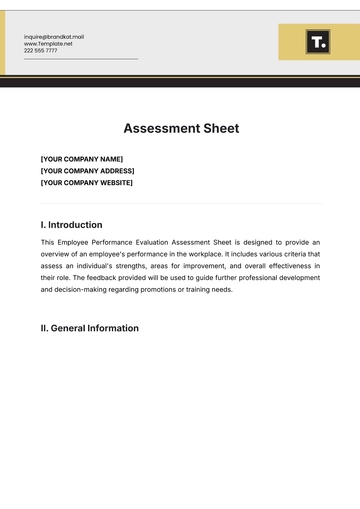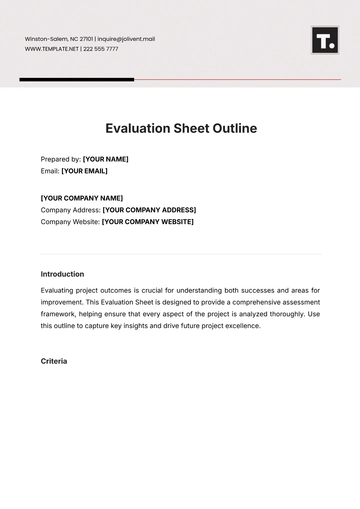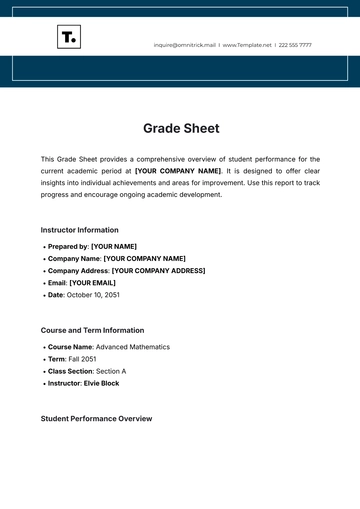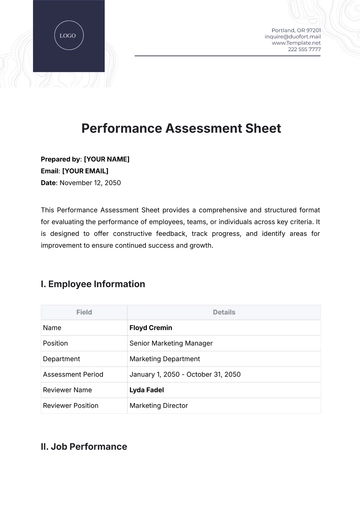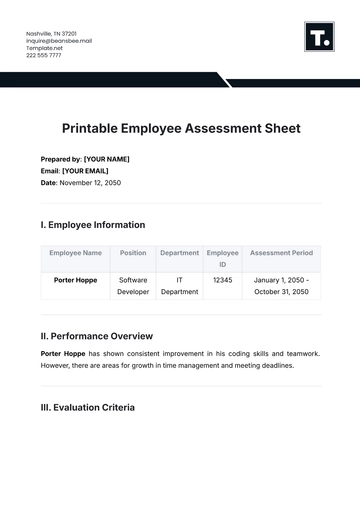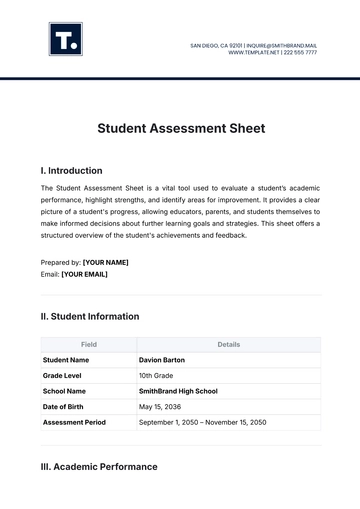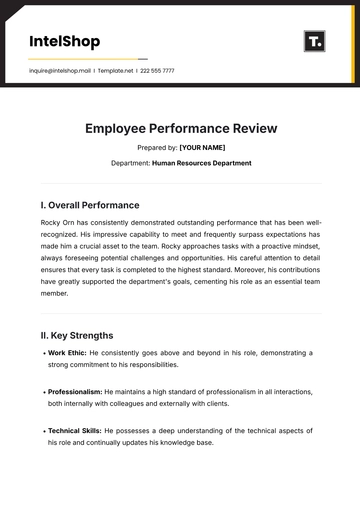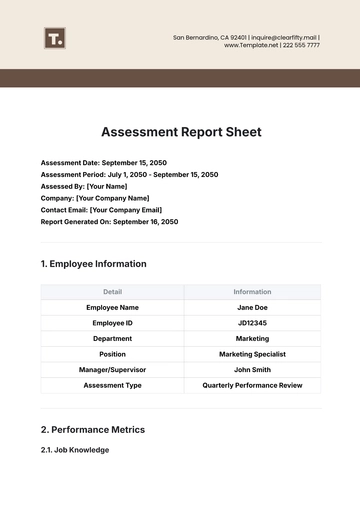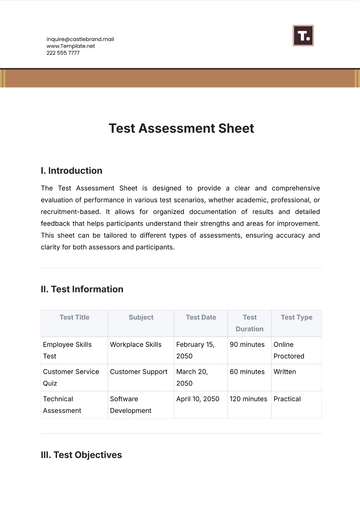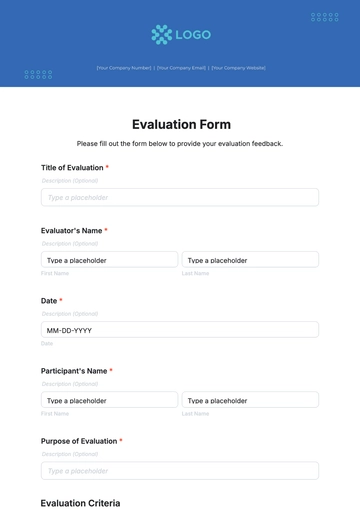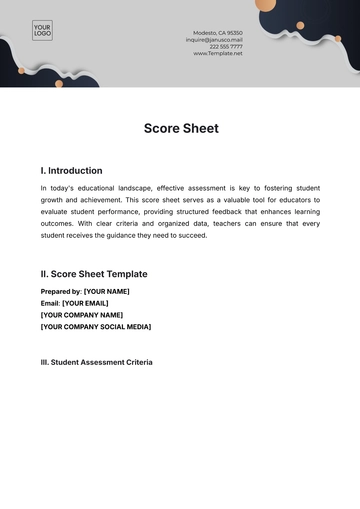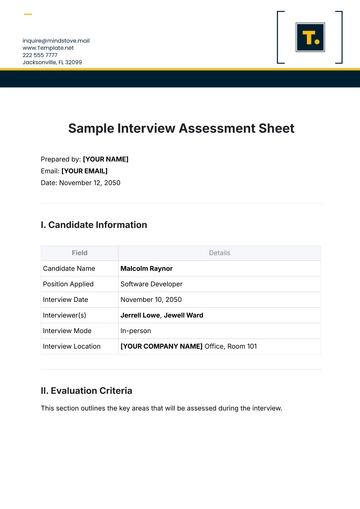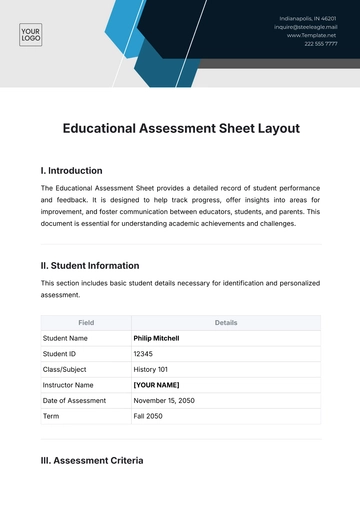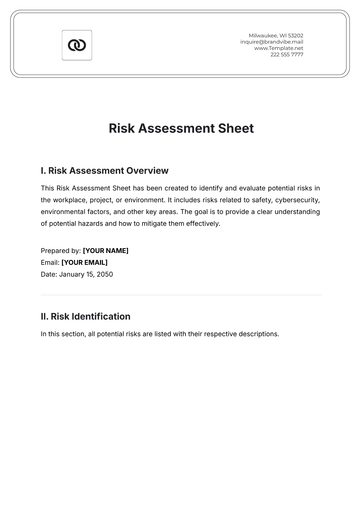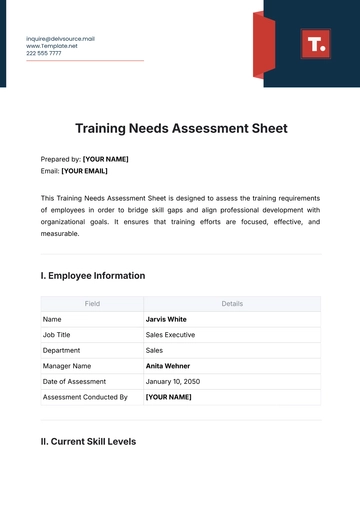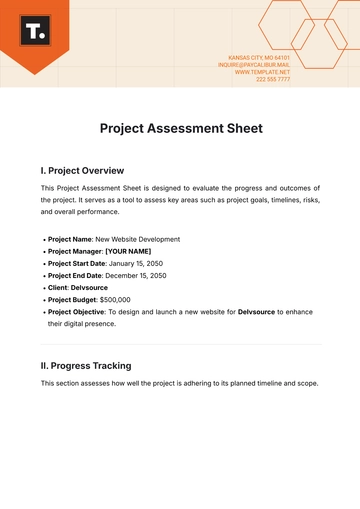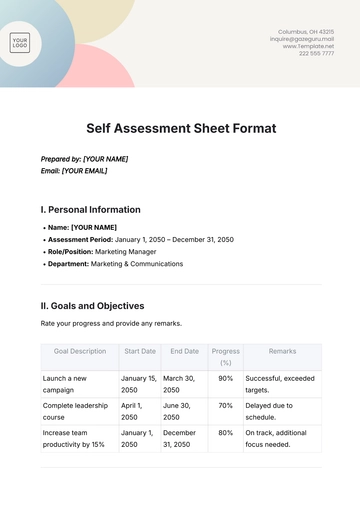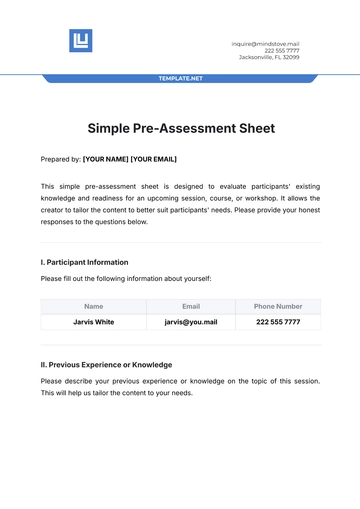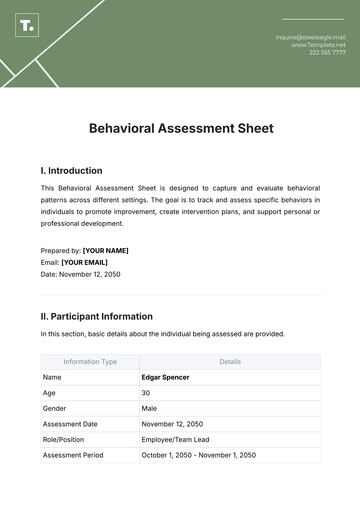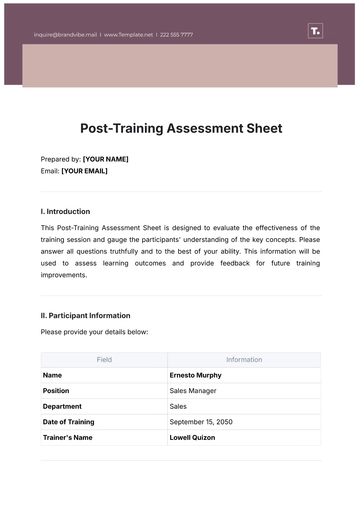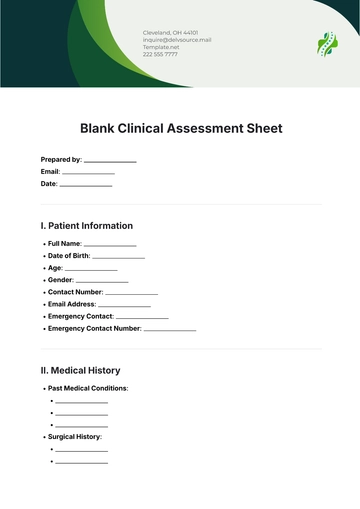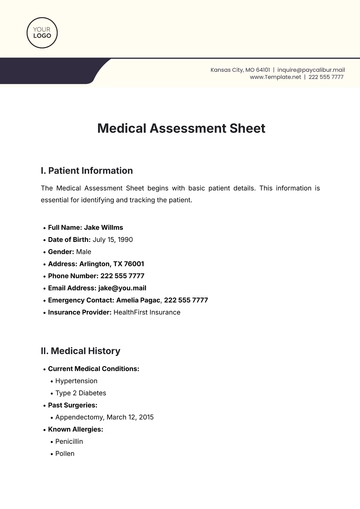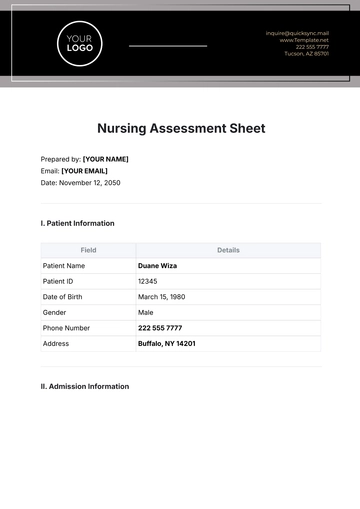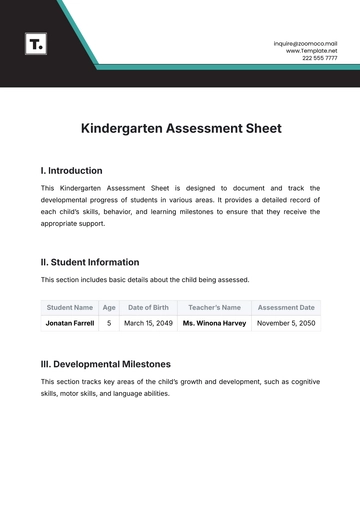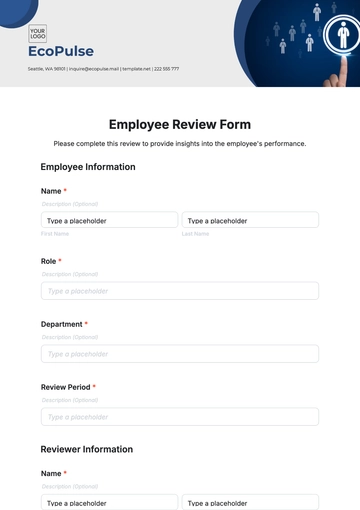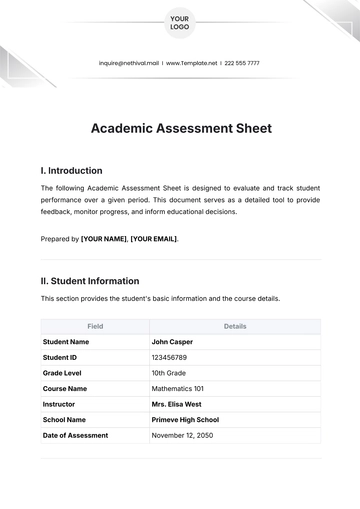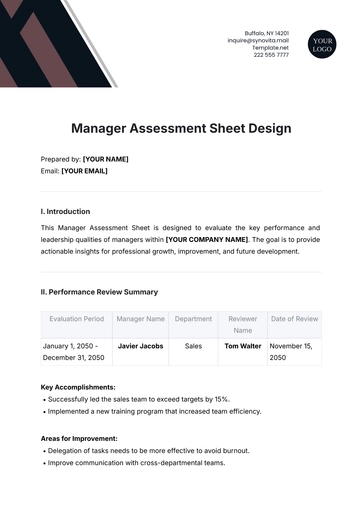Free Safety Datasheet
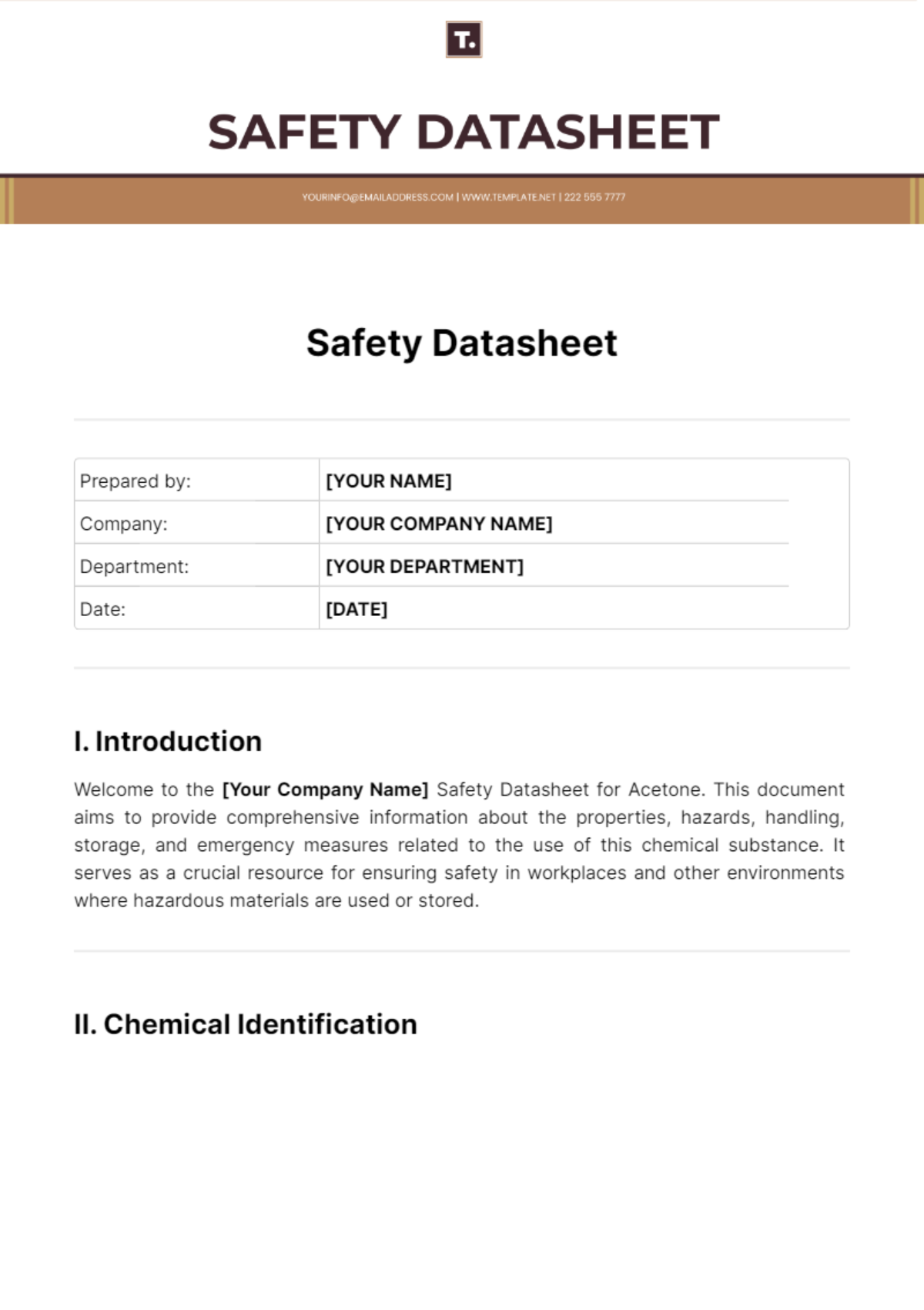
Prepared by: | [YOUR NAME] |
Company: | [YOUR COMPANY NAME] |
Department: | [YOUR DEPARTMENT] |
Date: | [DATE] |
I. Introduction
Welcome to the [Your Company Name] Safety Datasheet for Acetone. This document aims to provide comprehensive information about the properties, hazards, handling, storage, and emergency measures related to the use of this chemical substance. It serves as a crucial resource for ensuring safety in workplaces and other environments where hazardous materials are used or stored.
II. Chemical Identification

A. Product Name:
Acetone
B. Chemical Formula:
CH3COCH3
C. CAS Number:
67-64-1
D. Manufacturer/Supplier Information:
Manufacturer: [Your Company Name]
Supplier: [Supplier Name]
Address: [Supplier Address]
Contact: [Supplier Contact Information]
III. Hazards Identification
A. Classification of the Substance or Mixture:
Classification: Flammable Liquid
Class: Category 2
B. Label Elements:
Signal Word: Warning
Hazard Statements:
Highly flammable liquid and vapor
Causes serious eye irritation
Precautionary Statements:
Keep away from heat/sparks/open flames/hot surfaces
Wear protective gloves/eye protection/face protection
C. Hazards Overview:
Acetone is a highly flammable liquid that can cause serious eye irritation upon contact. It poses a risk of fire and explosion in the presence of heat, sparks, open flames, or hot surfaces.
D. Potential Health Effects:
Inhalation: Inhalation of vapor may cause dizziness or drowsiness.
Skin Contact: Prolonged or repeated contact may cause skin irritation.
Eye Contact: Contact with eyes may cause severe irritation or burns.
Ingestion: May be harmful if swallowed.
IV. Composition/Information on Ingredients
Ingredient | Concentration (%) |
|---|---|
Acetone | 100 |
V. First-Aid Measures

A. Inhalation:
Move to fresh air
If breathing is difficult, give oxygen
Seek medical attention if symptoms persist
B. Skin Contact:
Remove contaminated clothing
Wash skin with soap and water
Seek medical attention if irritation occurs
C. Eye Contact:
Flush eyes with water for at least 15 minutes
Remove contact lenses, if present
Seek immediate medical attention
D. Ingestion:
Do not induce vomiting
Rinse mouth with water
Seek medical attention immediately
VI. Fire-Fighting Measures
A. Suitable Extinguishing Media:
Carbon Dioxide
Dry Chemical Powder
Foam
Water Spray
B. Firefighting Instructions:
Evacuate area
Wear self-contained breathing apparatus (SCBA)
Use water spray to cool fire-exposed containers
C. Special Hazards Arising from the Substance:
Flammable liquid and vapor
May form an explosive vapor-air mixture
D. Protective Equipment and Precautions for Firefighters:
Wear full protective clothing
Use water spray to cool containers
VII. Accidental Release Measures
A. Personal Precautions:
Wear appropriate protective equipment
Avoid inhalation and skin contact
B. Environmental Precautions:
Prevent entry into waterways
Contain spillage if safe to do so
C. Cleanup Procedures:
Absorb spillage with inert material (e.g., sand, vermiculite)
Place in a suitable container for disposal
Ventilate area
D. Waste Disposal Methods:
Dispose of by local regulations
Do not flush into drains or waterways
VIII. Handling and Storage

A. Handling:
Use in well-ventilated areas
Avoid contact with eyes, skin, and clothing
Ground and bond containers when transferring liquids
B. Storage:
Store in a cool, well-ventilated area
Keep the container tightly closed
Store away from heat, sparks, and open flames
IX. Exposure Controls/Personal Protection
A. Exposure Limits:
Occupational Exposure Limit (OEL): 1000 ppm (TWA)
Biological Exposure Limit (BEL): Not established
B. Engineering Controls:
Local Exhaust Ventilation
Mechanical Ventilation
C. Personal Protective Equipment (PPE):
Respiratory Protection: NIOSH-approved respirator with organic vapor cartridge
Hand Protection: Butyl rubber gloves
Eye/Face Protection: Chemical splash goggles
Skin Protection: Chemical-resistant clothing
X. Physical and Chemical Properties
A. Appearance:
Appearance: Colorless liquid
B. Odor:
Odor: Characteristic odor
C. pH:
pH: Neutral
D. Melting Point/Freezing Point:
Melting Point/Freezing Point: -94°C (-137°F)
E. Boiling Point:
Boiling Point: 56°C (133°F)
XI. Stability and Reactivity
A. Stability:
Stable under normal conditions
B. Incompatibility:
Strong oxidizing agents
Strong acids
Strong bases
C. Hazardous Decomposition Products:
Carbon monoxide
Carbon dioxide
XII. Toxicological Information
A. Acute Toxicity:
LD50 (Oral, Rat): 5,800 mg/kg
B. Chronic Toxicity:
No chronic toxicity reported
C. Carcinogenicity:
Not classified as carcinogenic
D. Mutagenicity:
Not classified as mutagenic
XIII. Ecological Information
A. Ecotoxicity:
Acetone can be harmful to aquatic life with long-lasting effects.
It may cause adverse effects on the aquatic environment.
B. Persistence and Degradability:
Acetone is volatile and can evaporate rapidly from soil and water surfaces.
It has a low persistence in the environment and readily degrades through photochemical reactions.
C. Bioaccumulative Potential:
Acetone has a low potential for bioaccumulation in aquatic organisms.
It is unlikely to accumulate in the food chain.
XIV. Use Case
A. Industrial Chemical Handling
This use case is particularly critical as industrial facilities often handle a wide range of hazardous chemicals in their manufacturing processes. Safety data sheets are essential for ensuring the safe handling, storage, and disposal of these substances, minimizing the risk of accidents, injuries, and environmental contamination.
B. Construction Sites
Construction sites involve the use of various hazardous materials such as adhesives, paints, solvents, and construction chemicals. Safety datasheets play a crucial role in guiding construction workers on how to handle these substances safely, reducing the risk of accidents, and promoting a safer work environment.
C. Healthcare Facilities
In healthcare facilities, chemicals are used for cleaning, sterilization, laboratory testing, and medical procedures. Safety data sheets are vital for healthcare professionals to understand the hazards associated with these chemicals and take appropriate precautions to protect themselves, patients, and the environment from potential harm.
- 100% Customizable, free editor
- Access 1 Million+ Templates, photo’s & graphics
- Download or share as a template
- Click and replace photos, graphics, text, backgrounds
- Resize, crop, AI write & more
- Access advanced editor
Introducing the Safety Datasheet Template by Template.net – the ultimate solution for comprehensive hazard communication. Crafted with precision, this editable and customizable template ensures effortless compliance with safety regulations. Tailor your datasheets seamlessly with our AI Editor, offering unparalleled ease and efficiency. Elevate your safety protocols today with this indispensable tool.
You may also like
- Attendance Sheet
- Work Sheet
- Sheet Cost
- Expense Sheet
- Tracker Sheet
- Student Sheet
- Tracking Sheet
- Blank Sheet
- Information Sheet
- Sales Sheet
- Record Sheet
- Price Sheet
- Plan Sheet
- Score Sheet
- Estimate Sheet
- Evaluation Sheet
- Checklist Sheet
- Bid Sheet
- Call Log Sheet
- Bill Sheet
- Assessment Sheet
- Task Sheet
- School Sheet
- Work From Home Sheet
- Summary Sheet
- Construction Sheet
- Cover Sheet
- Debt Spreadsheet
- Debt Sheet
- Client Information Sheet
- University Sheet
- Freelancer Sheet
- Bookkeeping Sheet
- Itinerary Spreadsheet
- Scorecard Sheet
- Run Sheet
- Monthly Timesheet
- Event Sheet
- Advertising Agency Sheet
- Missing Numbers Worksheet
- Training Sheet
- Production Sheet
- Mortgage Sheet
- Answer Sheet
- Excel Sheet
